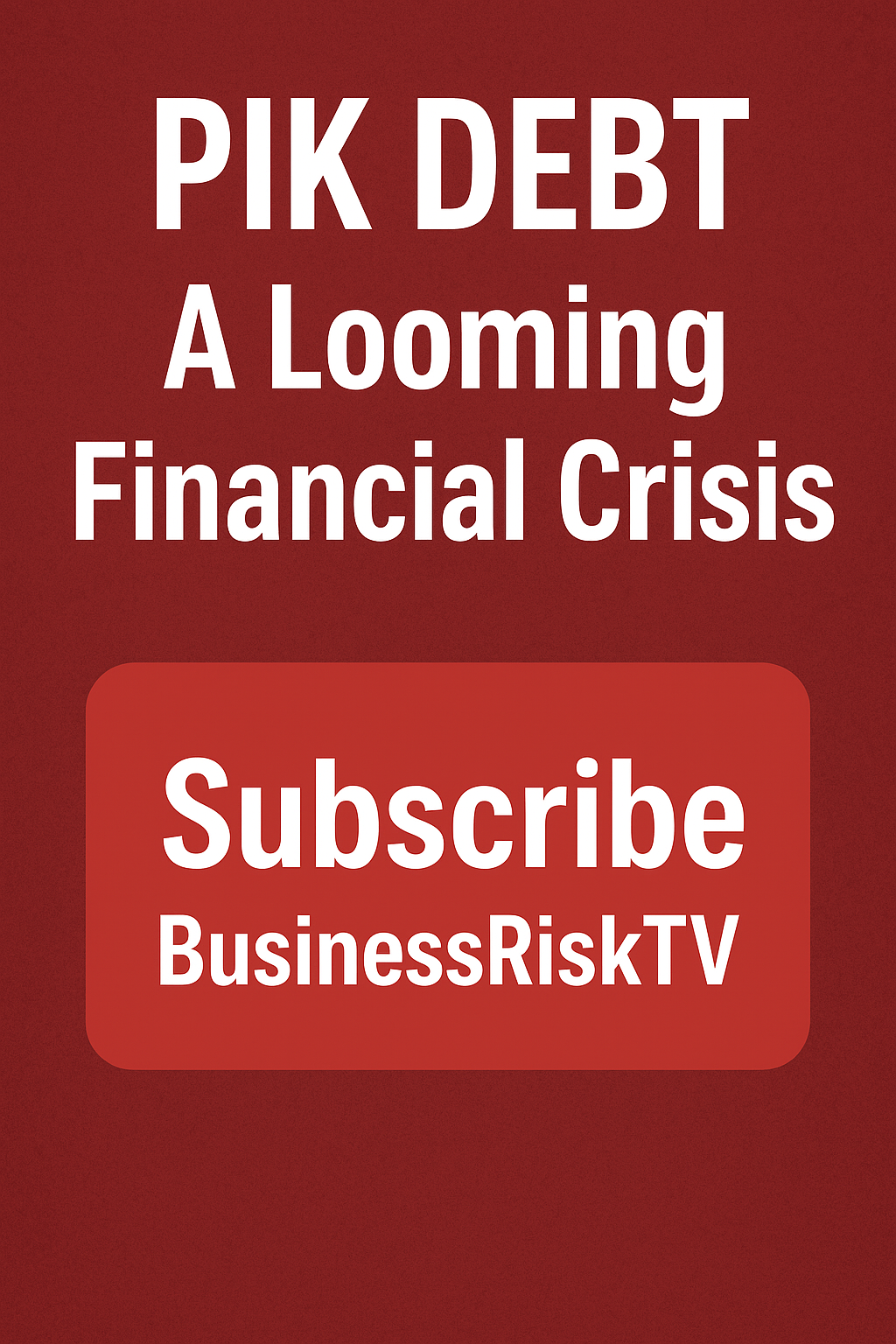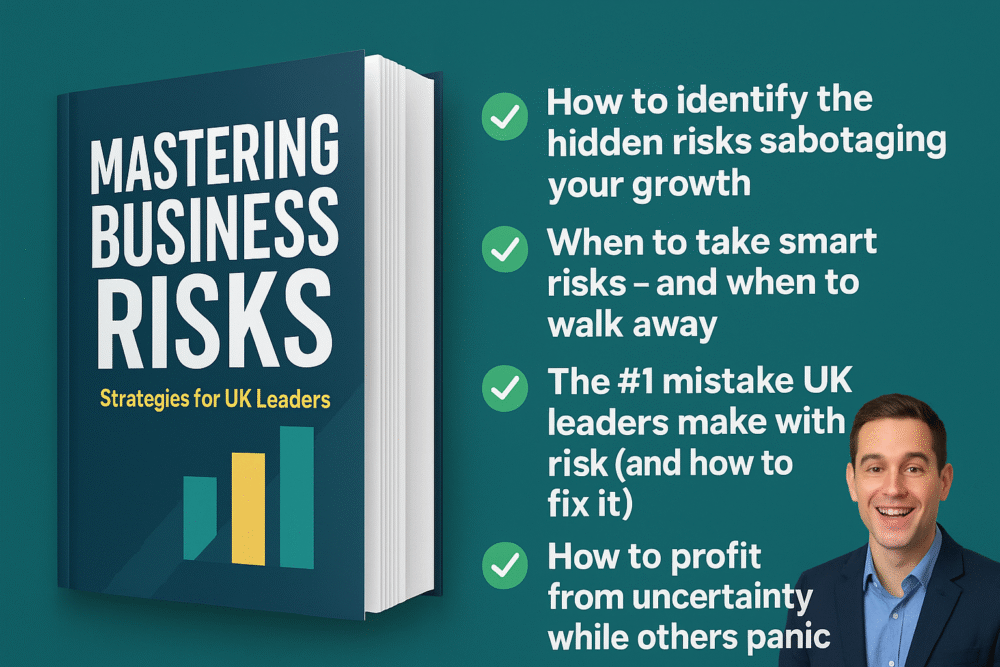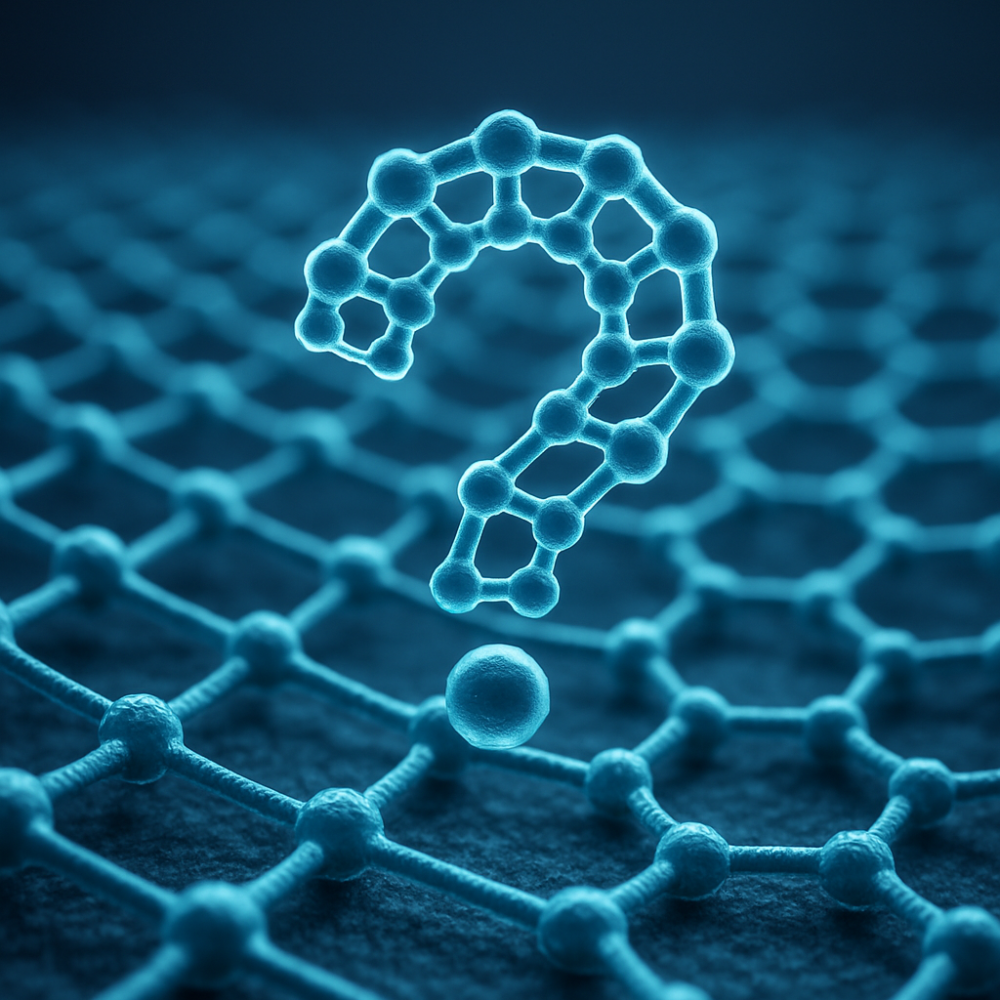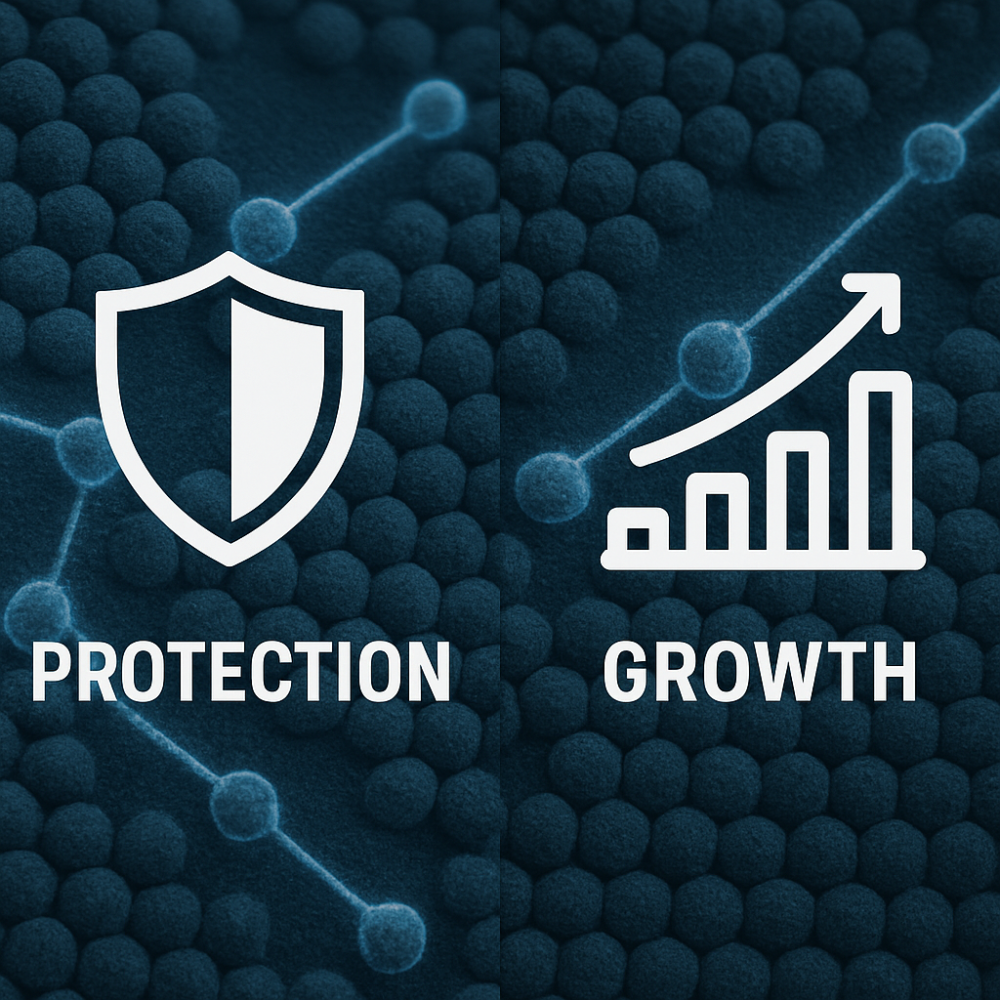Geniuses or the Insane? Mad People Are the Ones Crazy Enough to Create a New World
The modern business landscape is more dangerous, complex, and unpredictable than ever before. Globalisation, rapid technological advancements, and socio-political instability have created a world where only those brave enough to embrace uncertainty and take risks stand a chance of thriving. It is no coincidence that the greatest breakthroughs in history were driven by individuals often considered “mad” by conventional standards. These risk-takers, innovators, and disruptors challenged the status quo and envisioned a world different from what was thought possible. In this chaotic world, it is the mad who hold the key to future progress.
As a world economic expert advising business leaders, I argue that this “madness” is not just a quirk of personality, but an essential characteristic for navigating the stormy seas of the 21st century business world. Leaders who are willing to take calculated risks, question established norms, and explore new possibilities are the ones most likely to survive and thrive in the rapidly evolving global marketplace.
In this article, I will demonstrate how the increasingly dangerous business environment calls for a radical shift in risk-taking. I’ll explore key political, economic, social, technological, legal, and organisational risks that will shape the world in 2025 and beyond. Finally, I will explain how the BusinessRiskTV Business Risk Management Club can help business leaders like you make better decisions, safeguard your enterprise, and accelerate growth through informed risk management practices.
The Dangerous World of Business Today
The business environment in 2024 is more dangerous than ever before, and these dangers are accelerating at an alarming rate. Global disruptions such as the COVID-19 pandemic, the war in Ukraine, and the rapid rise of inflation have sent shockwaves through industries worldwide. Supply chain disruptions, labour shortages, and rising costs of goods have become everyday challenges for business leaders. Moreover, the global financial system is increasingly volatile, with fears of an impending recession continuing to loom.
At the heart of these dangers is unpredictability. Traditional models of business planning and risk management are no longer sufficient to deal with the scale and pace of modern challenges. The linear, incremental risks of the past have given way to cascading, interconnected crises that require a fundamentally different approach to decision-making. Business leaders are forced to navigate through an increasingly complex web of risks, where a single miscalculation can spell disaster for an entire organisation.
The Acceleration of Risks in 2025 and Beyond
The world is evolving at a breakneck pace, and the risks are evolving with it. As we approach 2025, several key trends are accelerating, making the business environment even more dangerous and uncertain:
– Technological Disruption: The rapid advancement of artificial intelligence (AI), automation, and quantum computing is transforming industries at an unprecedented rate. While these technologies offer tremendous opportunities for businesses, they also come with significant risks, such as job displacement, cybersecurity threats, and ethical dilemmas.
– Geopolitical Instability: Global power shifts, trade wars, and political tensions are becoming more pronounced, leading to a fragile global order. The rising influence of authoritarian regimes, coupled with growing nationalism and protectionism, poses significant risks for businesses that rely on global markets and supply chains.
– Environmental Crisis: Climate change continues to wreak havoc on ecosystems, economies, and industries. Extreme weather events, resource scarcity, and regulatory changes related to sustainability are becoming existential threats to businesses in many sectors.
– Societal Shifts: Demographic changes, social justice movements, and evolving consumer expectations are reshaping industries. Businesses are under increasing pressure to adapt to changing societal norms, with reputational risk at an all-time high.
These dangers are not hypothetical; they are happening now and will only intensify in the coming years. Business leaders must recognise that the world is not becoming safer or more predictable, and they must adapt their risk management strategies accordingly.
Political, Economic, Social, Technological, Legal, and Organisational Risks in 2025
As we look toward 2025, businesses will face a host of risks that span political, economic, social, technological, legal, and organisational dimensions. Understanding these risks and their potential impact is critical for making informed business decisions.
Political Risks
Political instability is one of the most significant risks facing businesses in 2025. Governments around the world are becoming more unpredictable, with populism, nationalism, and authoritarianism on the rise. Trade tensions, such as the ongoing U.S.-China trade war, will continue to disrupt global supply chains, leading to higher costs and reduced access to key markets. Moreover, the increasing politicisation of environmental and social issues could lead to stricter regulations and greater government intervention in industries such as energy, technology, and finance.
Opportunities: Businesses that are nimble and adaptable can exploit political instability to their advantage. For example, companies that diversify their supply chains and markets can reduce their exposure to geopolitical risks and capture new opportunities in emerging markets.
Economic Risks
The global economy is facing a period of prolonged uncertainty, with rising inflation, supply chain disruptions, and labor shortages threatening to derail growth. Central banks tightened monetary policy in response to inflation, raising interest rates and reducing liquidity. This is leading to a global recession, which would have far-reaching consequences for businesses across all sectors.
Opportunities: While economic downturns are challenging, they also create opportunities for businesses that are prepared. Companies with strong balance sheets and access to capital can take advantage of lower asset prices and acquire competitors or expand into new markets at a discount.
Social Risks
Social risks are becoming more pronounced as societies around the world undergo significant demographic and cultural shifts. The ageing population in developed countries is creating labour shortages and increasing the demand for healthcare and social services. Meanwhile, social justice movements are forcing companies to reassess their diversity, equity, and inclusion (DEI) policies, with consumers and employees increasingly demanding accountability and transparency.
Opportunities: Companies that proactively address social risks can build stronger relationships with their customers and employees. By aligning their values with those of their stakeholders, businesses can enhance their reputational capital and attract talent and investment.
Technological Risks
Technological advancements are both a blessing and a curse for businesses. On one hand, technologies such as AI, blockchain, and the Internet of Things (IoT) offer immense potential for innovation and growth. On the other hand, they also introduce new risks, such as data breaches, cyberattacks, and the ethical implications of AI decision-making.
Opportunities: Businesses that embrace technological innovation while managing its risks will have a competitive advantage in 2025. By investing in cybersecurity, data privacy, and ethical AI frameworks, companies can build trust with their customers and regulators.
Legal Risks
The legal landscape is becoming more complex as governments around the world introduce new regulations in response to technological advancements, environmental concerns, and social issues. Data protection laws, such as the European Union’s General Data Protection Regulation (GDPR), are imposing significant compliance costs on businesses. Meanwhile, climate-related litigation is on the rise, with companies facing lawsuits over their environmental impact.
Opportunities: Companies that stay ahead of legal trends and invest in compliance can avoid costly fines and litigation. Moreover, businesses that adopt sustainable practices and transparent reporting can build trust with regulators and investors.
Organisational Risks
Organisational risks are internal risks that stem from a company’s structure, culture, and processes. As businesses become more complex and globalised, they face challenges related to governance, leadership, and talent management. Poor decision-making, lack of accountability, and misaligned incentives can lead to operational failures and reputational damage.
Opportunities: Companies that prioritise organisational resilience and invest in leadership development can mitigate these risks. By fostering a culture of innovation, agility, and accountability, businesses can adapt to changing circumstances and seize new opportunities.
The Benefits of Joining the BusinessRiskTV Business Risk Management Club
In this increasingly dangerous and uncertain world, business leaders cannot afford to go it alone. The challenges of 2025 and beyond are too complex and interconnected for any one organisation to navigate on its own. That is why joining the BusinessRiskTV Business Risk Management Club is essential for any business leader looking to protect and grow their enterprise.
Collective Intelligence and Shared Insights
The BusinessRiskTV Business Risk Management Club brings together a community of like-minded business leaders, risk managers, and experts from around the world. By joining this network, you gain access to a wealth of collective intelligence and shared insights. You can learn from the experiences of others, share best practices, and stay informed about the latest trends and developments in risk management.
Expert Guidance and Strategic Advice
As a member of the BusinessRiskTV Business Risk Management Club, you will receive expert guidance and strategic advice from some of the world’s leading risk management professionals. Our experts will help you identify and assess the risks facing your business, develop effective risk mitigation strategies, and make informed decisions that will safeguard your enterprise.
Access to Cutting-Edge Tools and Resources
The BusinessRiskTV Business Risk Management Club provides its members with access to cutting-edge tools and resources that can help you manage risks more effectively. From risk assessment frameworks and decision-making models to real-time data analytics and forecasting tools, our resources are designed to give you a competitive edge in an increasingly complex world.
Networking and Collaboration Opportunities
Joining the BusinessRiskTV Business Risk Management Club also gives you access to exclusive networking and collaboration opportunities. You can connect with other business leaders, risk managers, and experts from a wide range of industries and geographies. These connections can lead to valuable partnerships, collaborations, and business opportunities.
Preparing for the Future
Ultimately, the greatest benefit of joining the BusinessRiskTV Business Risk Management Club is your preparedness for the future. In an era where unprecedented risks are coupled with immense opportunities, being proactive about risk management is key to business longevity and growth. The year 2025 and beyond will usher in rapid technological shifts, evolving political landscapes, and ongoing societal changes that businesses must navigate to thrive. Companies that fail to anticipate these shifts will struggle to adapt, while those equipped with the right knowledge and strategies will seize new growth opportunities and outperform their competition.
By joining our community, you will be better equipped to anticipate disruptions, develop agile strategies, and mitigate potential risks before they become existential threats to your business. The tools, insights, and support provided by the BusinessRiskTV Business Risk Management Club will ensure that you not only survive but thrive in a world of uncertainty.
Summary: The Time to Act Is Now
The business world is fraught with accelerating risks, from political instability to technological disruption, economic volatility, and social upheaval. The complexity of these challenges means that no business leader can afford to rely on traditional, reactive approaches to risk management. Instead, visionary leaders must embrace the spirit of “madness”—the willingness to take bold risks, challenge the status quo, and prepare for an unpredictable future.
As a business leader, your greatest asset is your ability to make informed decisions in the face of uncertainty. By joining the BusinessRiskTV Business Risk Management Club, you gain access to a global network of experts, strategic advice, and cutting-edge tools designed to help you navigate the complexities of the modern business world. You will be equipped with the knowledge and resources needed to protect your business and seize the opportunities of tomorrow.
Now is the time to take action. The risks are growing, but so are the possibilities. Join the BusinessRiskTV Business Risk Management Club today and be part of a community of business leaders who are crazy enough to believe that they can create a better future—because in a mad world, it’s the mad who will lead us to new horizons.
Take the risk. Embrace the madness. Create your future with BusinessRiskTV.
Get help to protect and grow your business faster
Find out more
Subscribe for free business risk alerts and reviews
Connect with us for free
Read more business risk management articles for free
Connect with us for free
Read more:
1. Business risk management strategies 2025
2. Managing political and economic risks in business
3. Future business risks and opportunities for leaders
4. Top risk management techniques for business growth
5. Effective risk mitigation strategies for 2025
6. How to manage business risks in a volatile market
7. Importance of business risk foresight analysis
8. Global risk factors affecting businesses in 2025
9. Best business risk management club for executives
10. Preparing for technological disruption in business
Key Hashtags:
#BusinessRiskManagement
#RiskMitigation
#FutureOfBusiness
#RiskManagement2025
#BusinessGrowth
#BusinessLeaders
#RiskForesight
#BusinessStrategy
#PoliticalRisks
#EconomicRisks




















